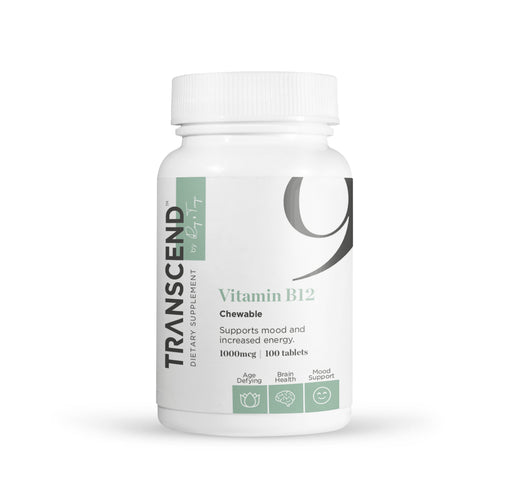
Vitamin B-12, Sublingual
Increased energy Improve mood Fight fatigue Common deficiency Better absorption Vitamin B12 (also called cobalamin) is one of eight water-solu...
View full details
As the coronavirus strain is known as COVID-19 begins to spread in the United States, many Americans are preparing for potential quarantine. Cities around the country are now reporting runs on toilet paper, hand sanitizer, and canned goods, and misinformation continues to spread. But what can you actually do to prepare for coronavirus?
What is COVID-19, and where did it come from?
Coronaviruses are a family of viruses that can cause disease in animals. This coronavirus outbreak started in Wuhan, China. This strain, now known as COVID-19, appears to have originated at a live animal market in the center of Wuhan, where many of the people first infected worked or shopped.
What are the symptoms of this coronavirus?
Those who've fallen ill report coughs, fever, tiredness, and shortness of breath, but COVID-19 can also cause pneumonia. The severity of symptoms and recovery depends on the strength of your immune system. In severe cases, COVID-19 can lead to organ failure, though many of those who have died were already in poor health.
How severe is this outbreak, and who is most at risk?
So far, more than 75% of cases reported in China have been classified as mild, and the death rate in China is estimated at 2%.
People with compromised immune systems and underlying medical problems, including smokers, appear to be at higher risk. Currently, the average age of death for those with COVID-19 is in the 70s.
How does this virus spread?
The new coronavirus spreads through person-to-person contact, with viral particles transmitted through coughs and sneezes. Those particles can land in the mouths or noses of people nearby (within about six feet), or possibly inhaled into the lungs.
It's also possible to be infected by touching a surface or object that has the virus on it and then touching your own mouth, nose, or eyes. This isn't currently believed to be the primary way the infection spreads, though.
What precautions can I take?
What should I buy?
What about face masks?
So far, science is mixed on the efficacy of face masks. Surgical face masks are designed to keep droplets in, not out. They may cause you to touch your face more, and can even distract from the most crucial preventative step: frequent hand-washing.
Coronavirus panic is even leading to a mask shortage, which could be devastating for the healthcare workers that need masks most urgently.
What if I'm quarantined?
Should local authorities issue a quarantine, it's unlikely to go beyond 14 days, which is the expected incubation period. Here's what you should be prepared with:
Need further information?
The Centers for Disease Control and Prevention are offering regular updates and tips on symptoms, prevention, and treatment.
Remember, you don't need to panic, but preparation certainly doesn't hurt. Prepare for COVID-19 like you would a snowstorm or a hurricane, and make sure your family has enough supplies to make it through a possible quarantine. If nothing else, you'll be contributing to your emergency kit.